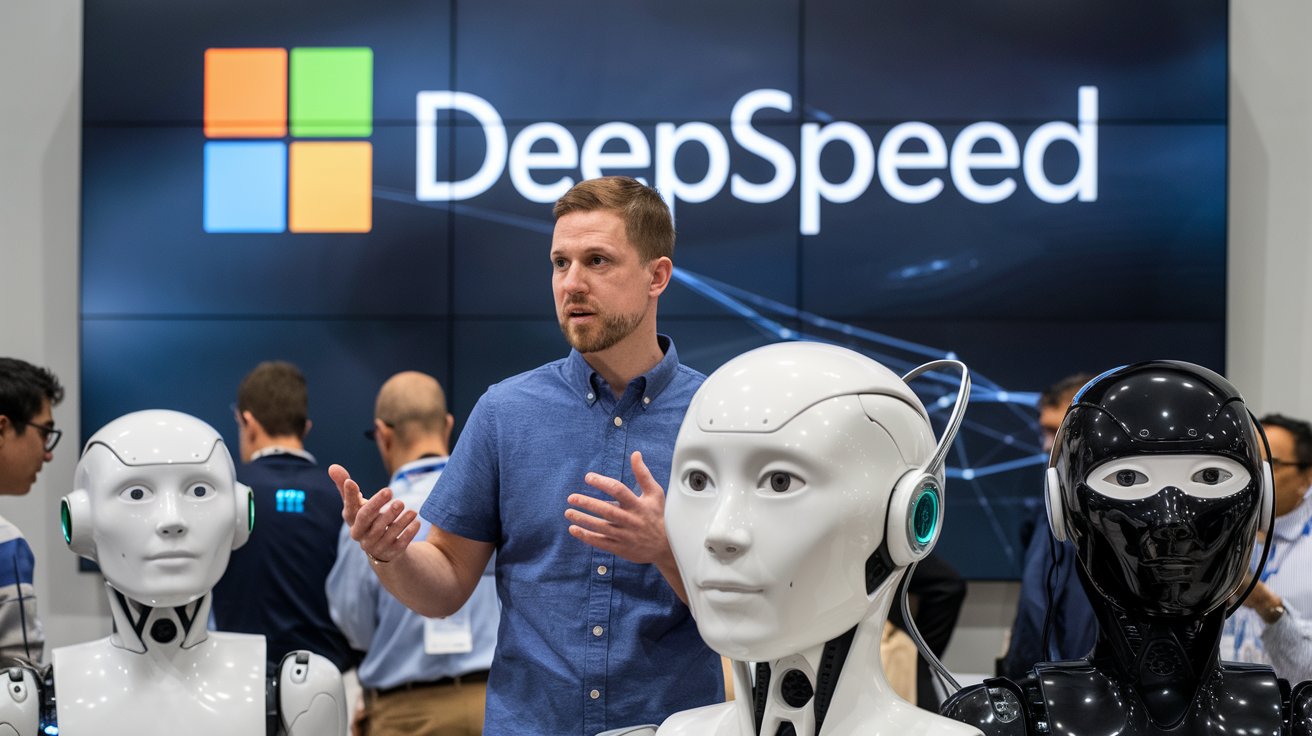Riding the Bitcoin Wave with Multi-level Deep Q-Networks

From my experience in the trading world, I can tell you that staying ahead of the curve is key. And in the fast-paced world of Bitcoin, that means exploring new tools and strategies. That’s why I’ve been diving into Multi-level Deep Q-Networks (MDQNs). They offer a unique approach to tackling the complexities of cryptocurrency trading.
In essence, MDQNs are a type of Reinforcement Learning (RL) algorithm. Think of it as a learning process where an AI agent interacts with the Bitcoin market, makes trades, and learns from its successes and failures. The “multi-level” part is where things get interesting. Instead of trying to understand the entire market at once, the MDQN breaks it down into smaller, more manageable sub-tasks.
For example, one level might focus on analyzing overall market trends using historical price data and technical indicators like moving averages and the Relative Strength Index (RSI). This level could also incorporate other relevant information, such as macroeconomic data or even news sentiment analysis . Another level might identify specific price patterns, such as “head and shoulders” or “double bottoms,” which can signal potential trend reversals. A third level might then execute trades based on these signals, taking into account factors like trade volume, volatility, and even news sentiment. This level could also consider order book dynamics and slippage to optimize trade execution.
This hierarchical approach allows the MDQN to learn more effectively and adapt to the ever-changing dynamics of the Bitcoin market. It’s like having a team of expert traders, each specializing in a different aspect of the market, working together to make optimal decisions.
Now, I know what you might be thinking: “Sounds great, but what’s the catch?”
Well, like any powerful tool, MDQNs have their challenges. They require a significant amount of data for training, which can be difficult to obtain for a relatively young asset like Bitcoin. They can also be computationally expensive, requiring powerful hardware and specialized software to run effectively.
And then there’s the risk of overfitting. This is where the MDQN becomes too good at predicting past market behavior but fails to generalize to new situations. It’s like a student who memorizes the textbook but can’t apply the concepts to real-world problems. To mitigate this, we need to use techniques like regularization and cross-validation to ensure the MDQN can adapt to new market conditions.
For example, we can use techniques like dropout, which randomly removes some connections in the neural network during training, to prevent the MDQN from becoming too reliant on any single feature. We can also use cross-validation, where we train the MDQN on different subsets of the data and test it on the remaining data, to ensure it can generalize to unseen data.
But despite these challenges, I believe MDQNs have the potential to revolutionize Bitcoin trading. Imagine an AI agent that can analyze market trends, identify profitable patterns, and execute trades with precision, all while adapting to new information in real-time. That’s the power of MDQN.
Of course, we can’t ignore the ethical implications. As with any AI application, we need to ensure that MDQNs are used responsibly and do not contribute to market manipulation or unfair practices. We need to consider the potential impact on market stability and ensure that these algorithms are used in a way that benefits all participants. For example, if a few large institutions with vast resources were to deploy highly sophisticated MDQNs, it could potentially create an uneven playing field and disadvantage smaller traders.
Overall, I’m excited about the future of MDQN in Bitcoin trading. It’s a fascinating field with the potential to transform how we navigate the cryptocurrency markets.





